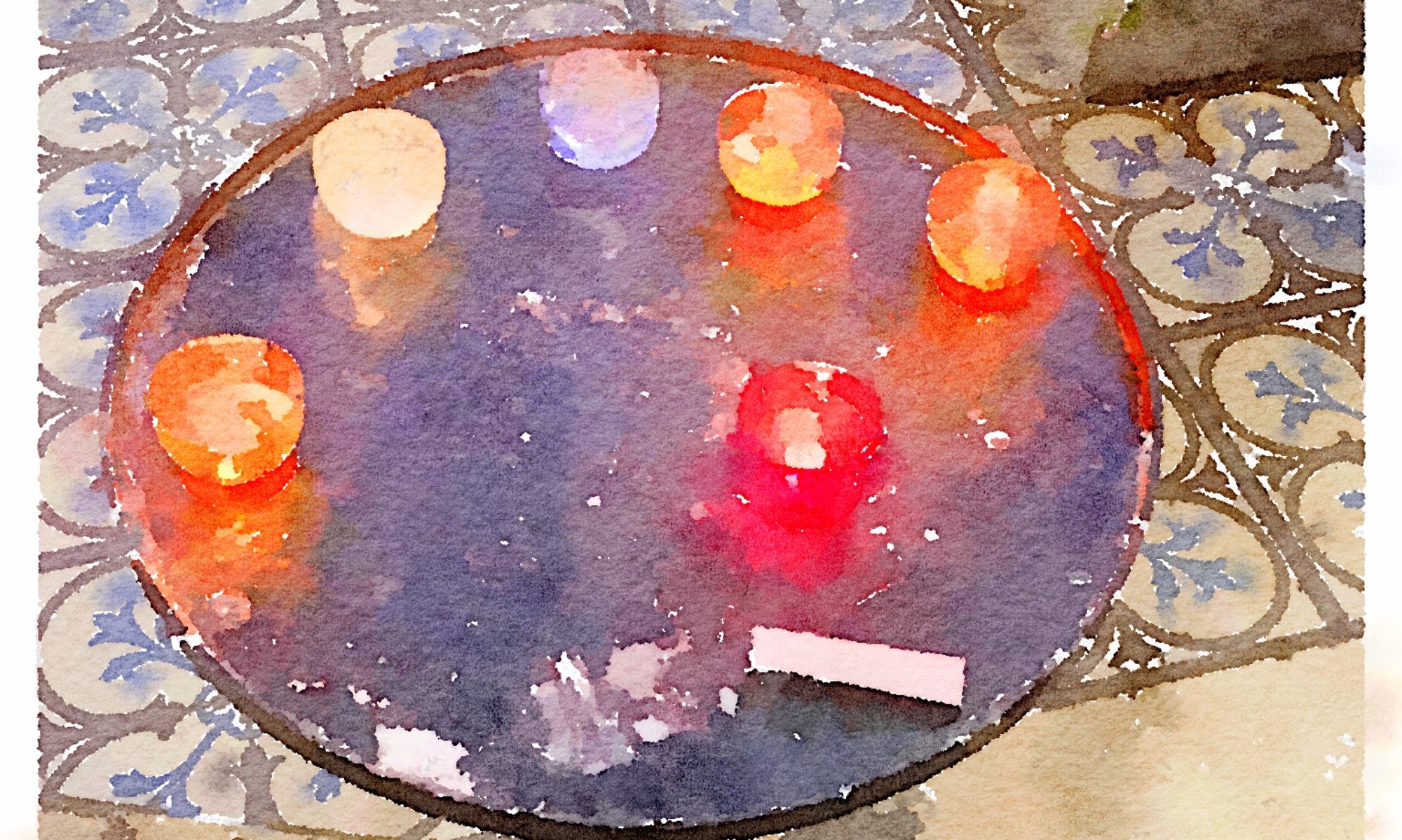@mylescawthorne0
Profile
Registered: 1 year, 8 months ago
Understanding the Causes and Symptoms of Black Toenail Fungus
Black toenail fungus, medically known as onychomycosis, is a standard condition that impacts many individuals worldwide. It occurs when fungi, similar to dermatophytes or yeasts, invade the toenail, leading to discoloration, thickening, and brittleness. While it may not be a life-threatening ailment, black toenail fungus can cause discomfort, embarrassment, and, if left untreated, might spread to different nails or even the skin. To effectively deal with this condition, it is essential to understand its causes and symptoms.
Causes of Black Toenail Fungus:
Poor Foot Hygiene: One of many main causes of black toenail fungus is inadequate foot hygiene. Fungi thrive in warm, moist environments, akin to sweaty socks and shoes, public swimming swimming pools, and shared showers. Failing to keep the feet clean and dry will increase the risk of infection.
Fungal Infections: Fungi, particularly dermatophytes and yeasts, are the leading culprits behind black toenail fungus. These microorganisms can enter the nail bed via small cracks or injuries, and they start to multiply, causing the nail to turn into discolored and brittle.
Nail Trauma: Physical injury to the toenail, resembling stubbing, crushing, or repeated pressure, can create openings in the nail plate. This provides an entry level for fungi, making it simpler for them to contaminate the toenail and cause black discoloration.
Weakened Immune System: People with compromised immune systems are more inclined to fungal infections, together with black toenail fungus. Conditions akin to diabetes, HIV, or sure medications that suppress the immune system can improve the risk of infection.
Footwear and Nail Salons: Wearing tight-fitting shoes and non-breathable socks can create a warm and damp environment, encouraging fungal growth. Additionally, visiting nail salons with inadequate sterilization practices can expose people to fungal infections.
Symptoms of Black Toenail Fungus:
Discoloration: Essentially the most noticeable symptom of black toenail fungus is the change in nail color. The contaminated nail usually turns black, brown, green, or yellowish, depending on the type of fungus involved. The discoloration typically starts on the nail's edge and spreads towards the cuticle if left untreated.
Thickened Nails: As the fungal an infection progresses, the affected toenail might thicken and develop into distorted in shape. This can cause discomfort and make it difficult to trim the nails properly.
Brittleness and Crumbling: Infected toenails usually change into brittle and prone to crumbling or breaking easily. The nail's texture may turn out to be tough and uneven as a result of presence of the fungus.
Foul Odor: In some cases, black toenail fungus can produce a foul odor, particularly when the infection is severe. This odor is a results of the waste products produced by the fungi.
Pain and Discomfort: As the fungus invades the nail bed and surrounding tissues, it can lead to pain, swelling, and inflammation. This can make walking and wearing shoes uncomfortable.
Spreading to Different Nails: Without proper treatment, black toenail fungus can spread to other toenails or even the fingernails. It could also lengthen to the skin, causing athlete's foot or different fungal infections on the feet.
Seeking Treatment:
Early intervention is essential to prevent the worsening of black toenail fungus and its potential spread. If you suspect you've got a fungal infection, seek the advice of a healthcare professional or a podiatrist for an accurate prognosis and appropriate treatment. Treatment options could include antifungal medications, topical creams, nail lacquers, or oral medications.
To forestall black toenail fungus:
Follow good foot hygiene: Keep your toes clean and dry, regularly wash and dry your feet thoroughly, and change socks daily.
Wear proper footwear: Select breathable shoes and moisture-wicking socks to prevent excessive sweating.
Protect your nails: Keep toenails trimmed, and keep away from injuring or traumatizing the nails.
Avoid sharing personal items: Chorus from sharing towels, socks, or shoes with others to reduce the risk of infection.
Select reputable nail salons: In the event you visit a nail salon, guarantee they keep high standards of hygiene and sterilization.
In conclusion, understanding the causes and symptoms of black toenail fungus is essential for early detection and appropriate treatment. By practicing good foot hygiene and taking preventive measures, you'll be able to significantly reduce the risk of growing this uncomfortable and unpleasant condition. When you suspect you've got black toenail fungus, seek professional medical advice to obtain the most effective treatment on your condition.
If you cherished this write-up and you would like to obtain more facts about why are toenails black kindly pay a visit to the web-site.
Website: https://www.amoils.com/blogs/health-blog/the-black-under-your-toenails-is-this-fungus
Forums
Topics Started: 0
Replies Created: 0
Forum Role: Participant
